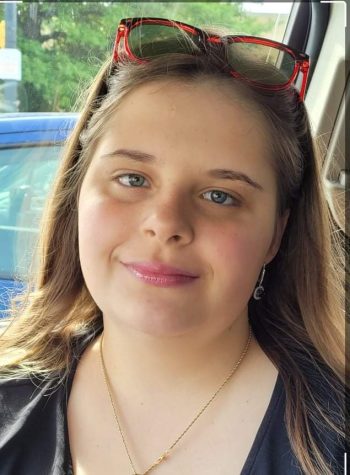Rosie The Riveter
May 11, 2023
Rosalind Palmer Walter was born on June 24, 1924, in Brooklyn. She was one of 4 children born to Carleton and Winthrop Palmer. Rosalind (Roz), as she preferred to be called by her friends, grew up on her family’s estate in Fairfield, Connecticut. Rosie’s parents sent her to the Ethel walker school, one of the first schools for aspiring first-class -women. When she finally graduated, Europe was already on the brink of war. She was 19 after the attack on pearl harbor, which spurred America into the fight. Shortly after this, she was recruited into an assembling company that was making supplies for the war. This was the beginning of a whole new story for Rosalind.
Women began to enter the factories filling the gap where the men left. Women would take manufacturing jobs in the factories making supplies for the war. Rosalind was recruited to drive rivets into fighter planes at a local plant in Stratford. Because Rosalind came from a prominent family, her story got out. This gave birth to the famous “we can do it” poster. J. Howard Miller created the “we can do it” poster. The poster displays a young educated woman from a wealthy family who endured long hours of work to try to help her country in the middle of the war. The poster became a staple image for the women’s workforce.
Songwriters by the names Redd Evans and John Jacob Loeb created a song called “Rosie the Riveter” (with “Rosalind” as “Rosie”). The song became well known and was considered her main symbol, along with the “we can do it” poster.
During the war, Rosalid Walter became a hero in her own right working in Connecticut. She was the inspiration for a song called Rosie the Riveter in 1942, which became popular quickly throughout the war; Rosie the Riveter became an even bigger icon, inspiring women all around the US to take the men’s jobs over and help during wartime.
After the war ended, Rosalind married Henry S. Thompson, a United States Navy Reserve lieutenant. They were married on June 22, 1946, and had a son named Henry. The marriage lasted 11 years before they divorced in 1954. In 1956, Rosalind married Henry Glendon Walter, Jr., who had been close to the family and worked at Fulton law firm. During their marriage, they both became interested in philanthropy. They both worked as truest for the American Museum of natural history. Long Island University awarded Henery and Rosalind an honorary degree. They were the very first benefactors of the university.
Rosalind created the Rosalind P. Walter foundation In 1951; the foundation is based in New York City and is a private non-operating foundation. Rosalind is best known for underwriting the public television program PBS. She wrote films such as The Roosevelts: An Intimate History, The Pilgrims, Blakeway Productions’ Shakespeare Uncovered, and Susan Lacy’s Emmy Award-winning American Masters series. Rosalind was appointed to the board of directors for WNET in 1989 appointed Rosalind P. Walter to its board of directors in 1989. She donated at least $5,000,000 to WNET. She died at the age of 95 on March 4, 2020. Her remaining family left to continue her legacy includes her son, Henry S. Thompson; two grandchildren, four step-grandchildren, and several great-step-grandchildren. She created a legacy for her family and friends. She donated over a million dollars to help keep many shows running and would help whenever possible. She was deemed a light in the life of everyone who met her. Even today, she still has an impact on our everyday life. If it wasn’t for her, women could not have been as involved in the workforce as they are now.





